In September, 2016, DJI introduced the Mavic Pro – a compact, foldable drone with a professional-grade camera that also detected obstacles. Two years later, they followed up with the Mavic 2 series. Notably, at the time of its release, the Mavic 2 Pro was the smallest drone to feature a camera with a 20MP 1"-type CMOS sensor and the first to include Hasselblad's Natural Color Solution (HNCS) technology. It was an impressive feat, but there were some shortcomings.
The Mavic 2 Pro's camera didn't use the full sensor when shooting 4K video clips. Perhaps this was to prevent overheating, given its small housing, but what resulted was line skipping and pixel binning that compromised the overall quality of the footage. Furthermore, if you wanted to hone in on subjects, you needed a whole different drone like the Mavic 2 Zoom.
Three years after the Mavic 2 series was introduced, DJI returns with the highly-anticipated Mavic 3 and Mavic 3 Cine. Weighing 7 grams less than the preceding models, they're the first prosumer and compact, foldable drones to feature a dual-camera setup. At the bottom is a camera, co-produced with Hasselblad, with a 20MP Four Thirds sensor, with a 12MP 1/2" CMOS telephoto camera placed above.
The standard and Cine models share most of their hardware, but with the more expensive ‘Cine’ version adding 1TB of internal memory and the ability to capture using the ProRes 422 HQ codec. The Cine model also only comes as a combo package, including three batteries, two sets of ND filters and the more sophisticated DJI RC Pro controller.
The Mavic 3 and Cine can fly up to 46 minutes. This surpasses the Mavic 2 series, and the Air 2S, by 15 minutes. It even beats out the Autel EVO II, that boasts up to 40 minutes flight time. The top-of-the-line Mavic 3 Cine, which costs $4999 for the 'Premium Combo' (the standard model comes in at $2999 for the Fly More combo), offers up 1TB of internal storage and Apple's ProRes 422 HQ (High Quality): a codec that applies the least amount of compression to video files for the highest-quality imagery possible.
As impressive as these new features are, they come at a significantly higher cost compared to their predecessors. Does the overall offering justify the steep price hike? Furthermore, which model – standard or Cine – gives most people the best value? Most importantly, is it an all-in-one solution fit for most professional use cases? Let's take a look.
(Just an example as a placeholder. Text has to be changed later, better images will replace the current ones)
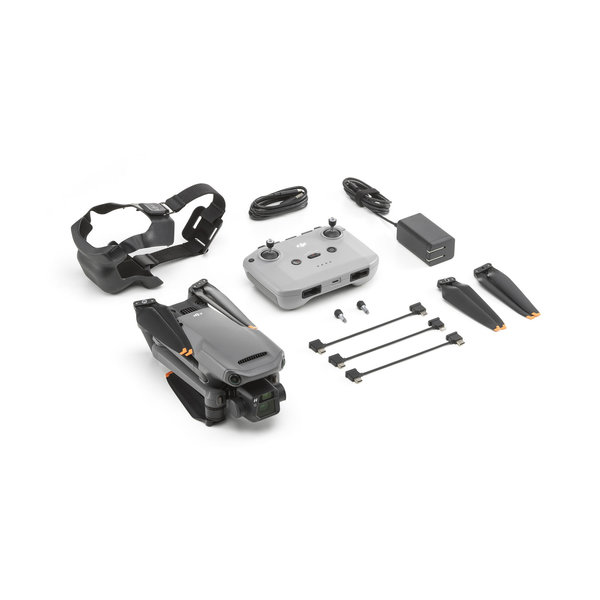
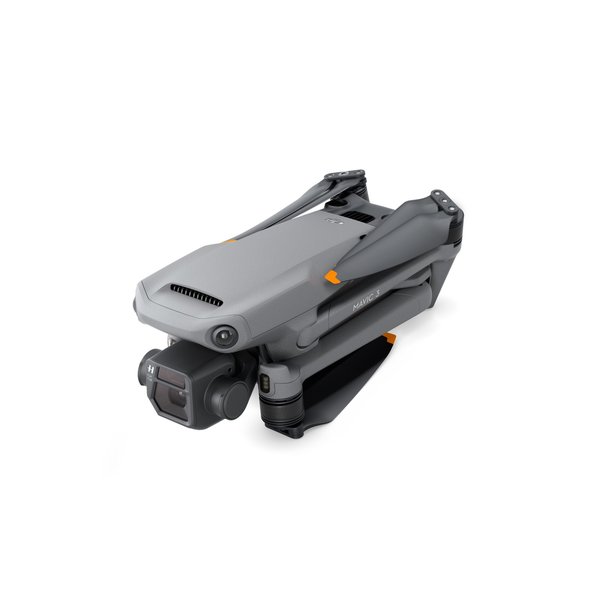

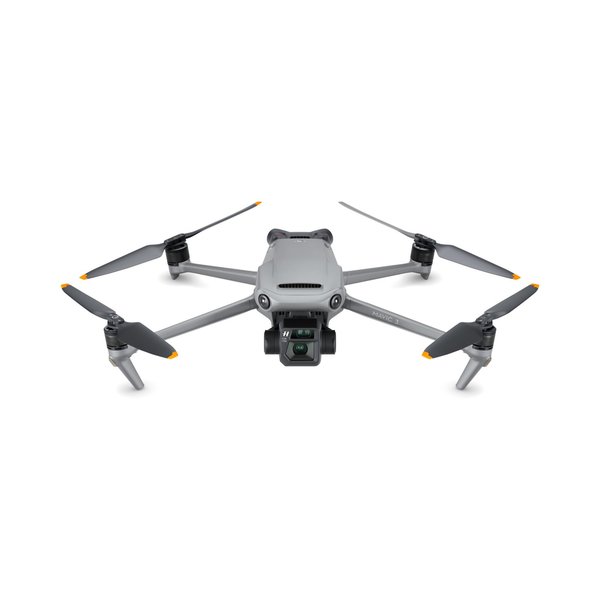
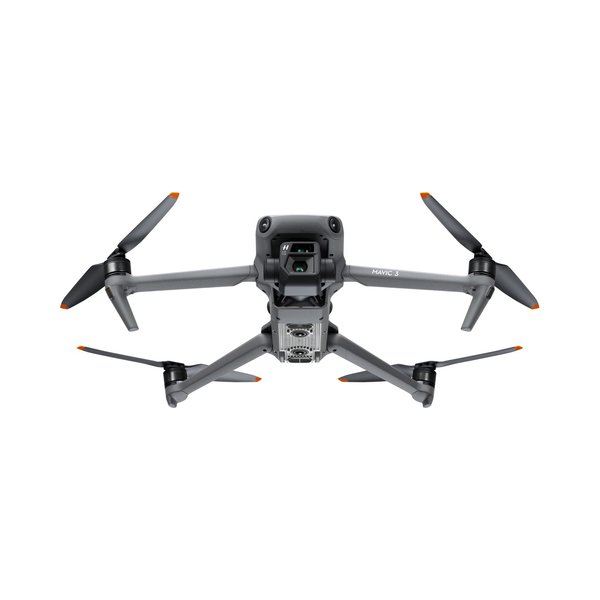
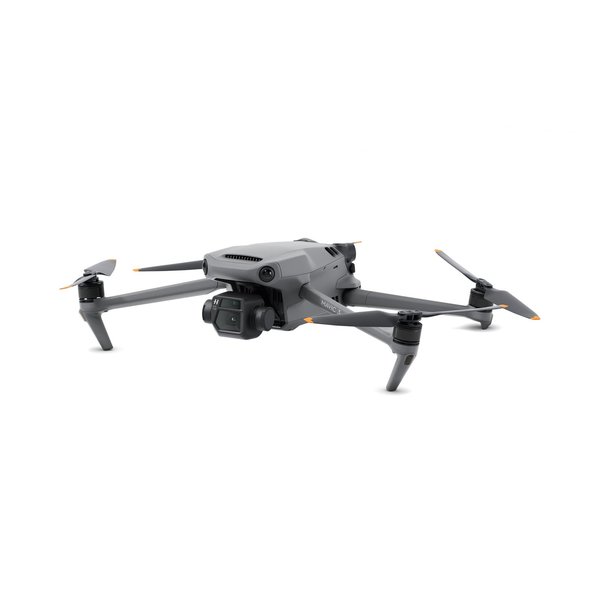
The Mavic 2 Pro's camera didn't use the full sensor when shooting 4K video clips. Perhaps this was to prevent overheating, given its small housing, but what resulted was line skipping and pixel binning that compromised the overall quality of the footage. Furthermore, if you wanted to hone in on subjects, you needed a whole different drone like the Mavic 2 Zoom.
Three years after the Mavic 2 series was introduced, DJI returns with the highly-anticipated Mavic 3 and Mavic 3 Cine. Weighing 7 grams less than the preceding models, they're the first prosumer and compact, foldable drones to feature a dual-camera setup. At the bottom is a camera, co-produced with Hasselblad, with a 20MP Four Thirds sensor, with a 12MP 1/2" CMOS telephoto camera placed above.
The standard and Cine models share most of their hardware, but with the more expensive ‘Cine’ version adding 1TB of internal memory and the ability to capture using the ProRes 422 HQ codec. The Cine model also only comes as a combo package, including three batteries, two sets of ND filters and the more sophisticated DJI RC Pro controller.
Key Features
- 20MP, Four Thirds CMOS sensor + 12MP 1/2" CMOS sensor
- 24mm (equiv.) lens with 84º FOV and a variable F2.8-11 aperture on main camera with up to 4X digital zoom
- 162mm (equiv.), F4.4 (fixed) telephoto camera with up to 28X digital zoom
- Hasselblad HNCS
- 5.1K/50p, DCI or UHD 4K/120p and 1080/200p video
- H.264 and H.265 recording at 200 and 140 Mbps respectively
- Apple ProRes 422 HQ codec on Cine model
- 10-bit D-Log and HDR video capture
- Raw and JPEG image capture
- OcuSync 3.0 (O3) image transmission (15 km range)
- Omnidirectional obstacle avoidance
- APAS (Advanced Pilot Assistance System) and ActiveTrack 5.0
- 'MasterShots' cinematic capture mode
- 46-minute flight time
- 895g/899g total weight
The Mavic 3 and Cine can fly up to 46 minutes. This surpasses the Mavic 2 series, and the Air 2S, by 15 minutes. It even beats out the Autel EVO II, that boasts up to 40 minutes flight time. The top-of-the-line Mavic 3 Cine, which costs $4999 for the 'Premium Combo' (the standard model comes in at $2999 for the Fly More combo), offers up 1TB of internal storage and Apple's ProRes 422 HQ (High Quality): a codec that applies the least amount of compression to video files for the highest-quality imagery possible.
As impressive as these new features are, they come at a significantly higher cost compared to their predecessors. Does the overall offering justify the steep price hike? Furthermore, which model – standard or Cine – gives most people the best value? Most importantly, is it an all-in-one solution fit for most professional use cases? Let's take a look.
(Just an example as a placeholder. Text has to be changed later, better images will replace the current ones)





